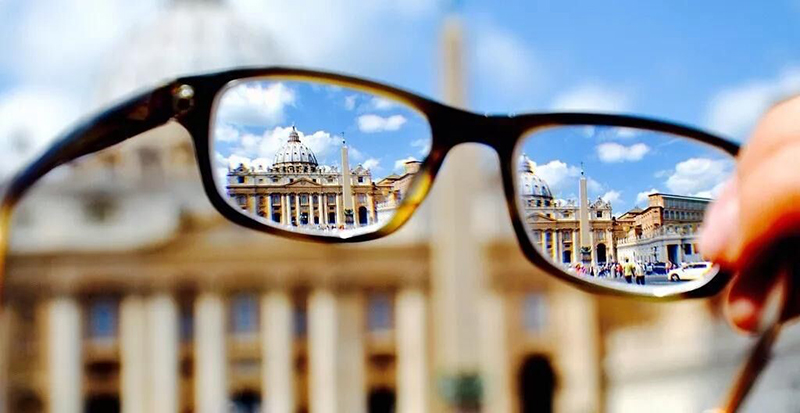Babies are actually farsighted, and as they grow older their eyes grow too until they reach a point of “perfect” eyesight, called emmetropia.
It isn’t entirely worked out what cues the eye that it is time to stop growing, but we know that in many kids the eye continues to grow past emmetropia and they become nearsighted.
Basically, when the eye grows too long the light inside the eye comes to a focus in front of the retina rather than at the retina, causing blurry vision, so we must wear glasses to change the optics and focus the light onto the retina again.
When we age, we suffer a different process. Our tissues become stiffer and the lens doesn’t adjust as easily so we start to lose near vision as well.
Many older folks must wear bifocals which have two different lenses-one to correct for the problems with near vision and one to correct for problems with far vision.
Nowadays, more than half the children and teenagers in China are nearsighted, according to a survey by top government agencies, which called for intensified efforts to prevent and control the condition. If you walk on the streets of China today, you’ll quickly notice that most young people wear glasses.
Is it a Chinese problem only?
Surely not. The growing prevalence of myopia is not only a Chinese problem, but it is an especially East Asian one. According to a study published in The Lancet medical journal in 2012, South Korea leads the pack, with 96% of young adults having myopia; and the rate for Seoul is even higher. In Singapore, the figure is 82%.
What is the root cause of this universal problem?
Several factors are associated with the high rate of nearsightedness; and the top three problems are found lack of outdoor physical activity, lack of adequate sleep due to heavy extracurricular work and excessive use of electronics products.






